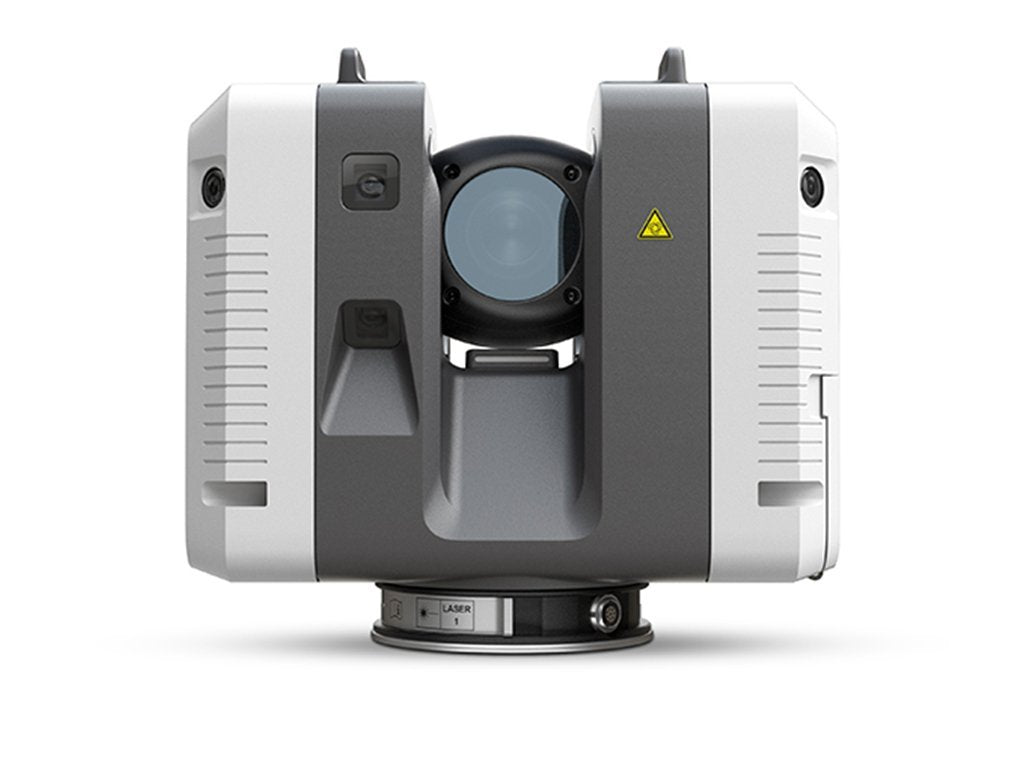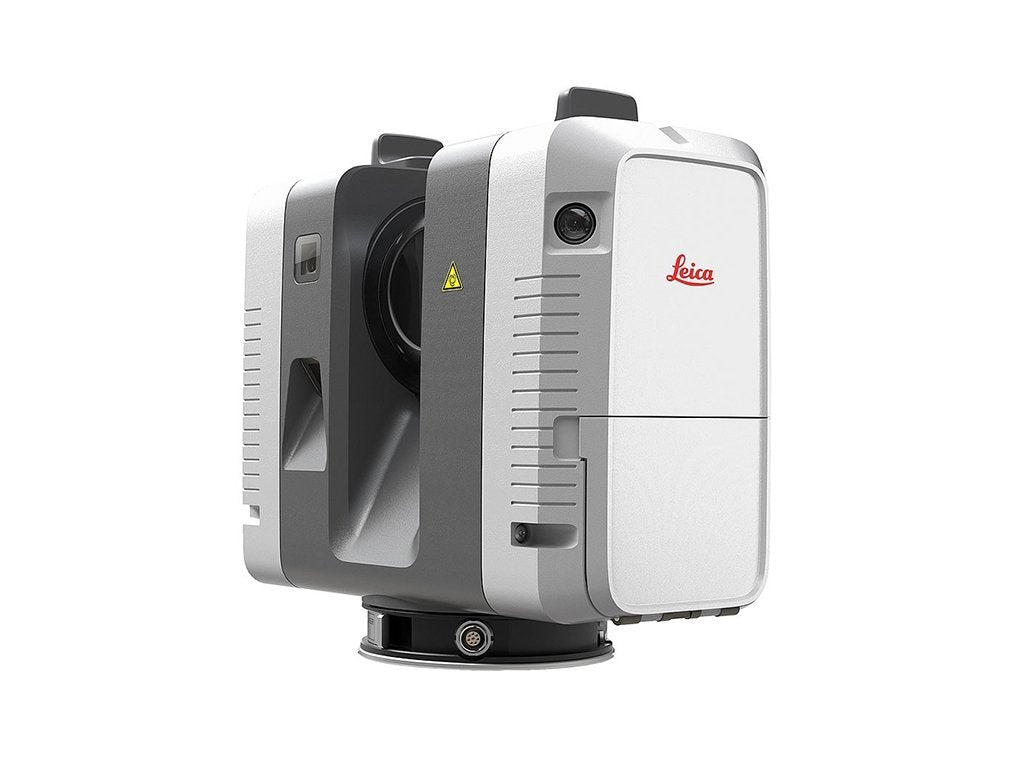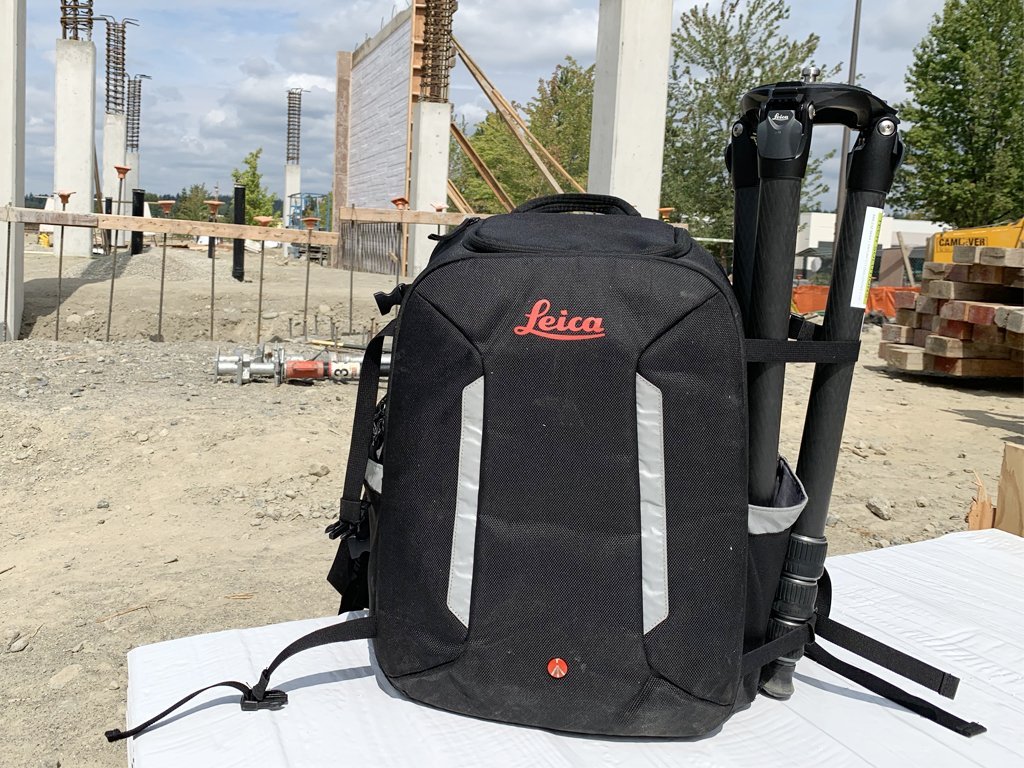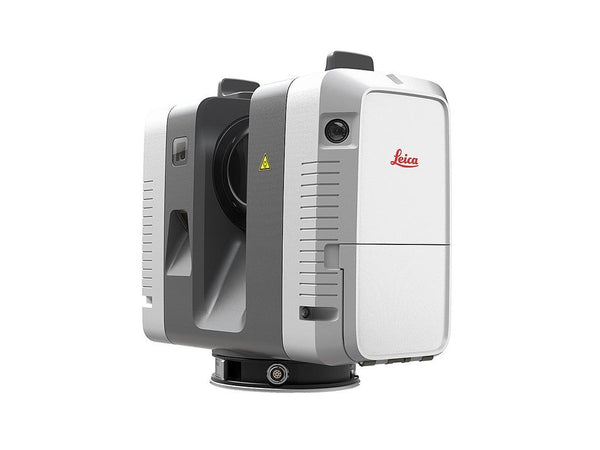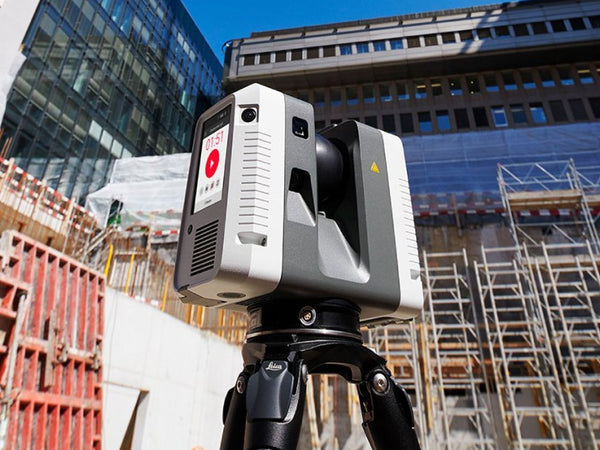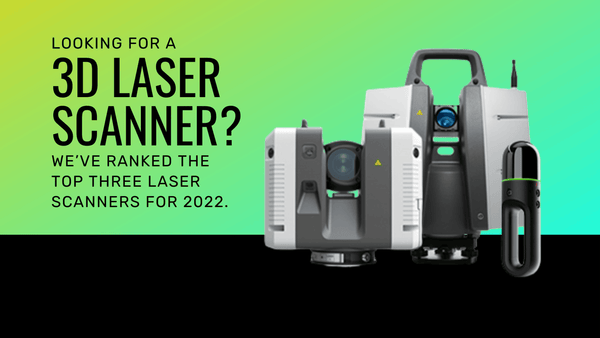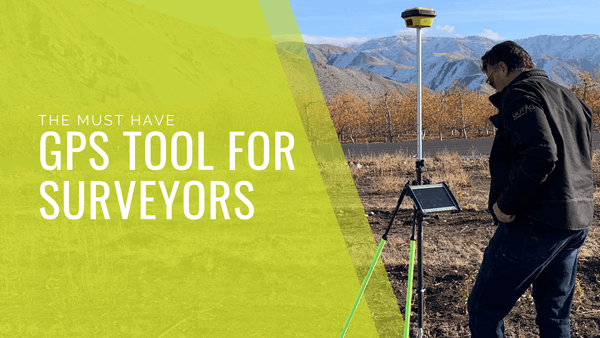Scanning for Justice: Scanners & Software Optimizing Forensic Science
A Quicker, More Accurate Option
In recent years, Leica 3D laser scanning technology has greatly impacted forensic science. Offering innovative features such as single point 3D positional accuracy, full weather-protected optics, HDR imaging with streamlining video that includes zoom function, and revolutionary software such as Cyclone REGISTER 360, detectives and prosecutors can conduct investigations quicker and more accurately than ever.
From closing up old cases to quickly solving homicides today, laser scanner technology has prominently left its impression as a reliable investigative tool in forensic science.
"They say that a picture is worth a thousand words. I think utilizing the scanner, we're at a million plus words when we show them on the TruView." | Detective Douglas E. Rager | Bergen County Prosecutor's Office, Major Crime Unit
So, how does 3D laser scanning technology tie into forensics? According to the Forensics Technology Center of Excellence, laser scanners are becoming less of investigative luxuries and more of required investigative tools. Laser scanning and the amazing software that comes with it can be found in various sectors of public health and justice.
LiDar, also referred to as the foundation of laser scanning, is used for commonly known operations such as radar enforcement on highways. However, the accuracy, reliability, and objectiveness of BIM solutions has lent its hands to various other forensic-related tasks for public safety.
Blood stain pattern analysis, shooting incident reconstruction, traffic collision, data collection, and general crime scene reconstruction can all be significantly streamlined with the combined effort put forth by scanners and software.
For example, one RTC360 can combine investigative methods such as photographs, videos, and other traditional methods into a one-person, user-efficient experience.
"...detectives can paint a clearer picture of what really happened."
With such a powerful ally, law enforcement can easily capture and demonstrate trajectories. When the latter correlates to crime scene layout, potential shooter placement and firing location can be identified. The investigator then has the option of sharing or presenting the data in snapshot or animation.
Lastly to mention, the combined efforts of Leica 3D laser scanners and software tremendously aid investigators in identifying the cause of death. With remarkable abilities, such as constructing 3D diagrams of victims and their relationship to the crime scene, detectives can paint a clearer picture of what really happened.
In the following, we will explore a few case studies where laser scanner technology has greatly attributed to success for forensic investigators. From traveling back into time with 3D reconstruction to real time data solving in present cases, Leica 3D laser scanning has undoubtedly optimized justice.
"With the emergence of the RTC360 from Leica Geosystems... everything changes."
Case Study #1: Conspiracy Crushed
Although nearly six decades back, the assassination of President John F. Kennedy has left an open wound to fester still today. Could one man commit such an act? Many have had their doubts.
The JFK conspiracy certainly remains among the most popular of conspiracy theories to date. It turns out that fifty-years later, Leica Geosystems and their innovative laser scanner technology would lend a great hand in helping investigators develop new evidence to finally cease all doubt.
In 2013, ballistic experts, Luke and Michael Haag, took the Leica ScanStation P20 and used it to go back into time. By being able to reconstruct a 3D representation of the entire scene and then being able to work with it on innovative software such Cyclone, investigators were finally able to close the case.
Not only could they reconstruct the sixth floor of the Texas School Book Depository, but they were able to scan the entire building and its surrounding Dealey Plaza.
“When I want to look at a new conspiracy theory about what happened, I don’t have to go back to the scene; I can just go to my computer and start clicking on scan data to look at distances and angles, and compare those points and angles to what I know occurred ballistically.” | Michael Haag, Ballistcs Expert
By reconstructing the event and analyzing it with 3D laser maps, both investigators were able to conclude that the single-bullet theory was a likely possibility--putting to rest the conspiracies advocating reasonable doubt.
Case Study # 2: Kansas City Slaying Solved in Record Time
When Supervisor of Johnson County Criminalistics Lab, Ryan Rezzelle, got a call regarding a murder in Kansas City early on Easter Sunday morning, he saw it as an opportunity to test out his new Leica ScanStation. By implementing the technology on the scene, Rezzelle hoped to obtain accurate, real-time field tests and on-scene comparisons. It was not long before Rezzelle's hopes were solidified.
The crime scene was of a man in the front seat of a vehicle; shot to death. Rezzelle quickly set up his ScanStation and proceeded to take three exterior scans. This merely took 45 minutes. Once the body was removed from inside the vehicle, Rezzelle set up his scanner on the dashboard and captured five, 360-degree interior scans.
“FFrom set up to the time we put the scanner away, we were there maybe 60-90 minutes, tops. Compare that to the traffic accident unit: a two man crew using a total station and prism poles, along with their tape measures, hand-held laser distance measuring tools, and Rolatapes, who worked for eight to ten hours marking and measuring single points. We had captured the same scene with literally millions of points in a fraction of that time.” | Ryan Rezzelle, Supervisor of Johnson County Criminalistics Lab
Back at the office, Rezzelle could then take the crime scene and upload it to a single point cloud. Due to the efficiency and reliability of Leica laser scanning technology, Ryan Rezzelle was able to produce a presentation of the crime scene that correlated to--in his own words--"the most impressive presentation I've seen in years." With one man and one piece of equipment, an entire crime scene had been analyzed, uploaded, and presented on a level suitable for prosecutors or attorneys in less than a week; leaving law officials stunned from disbelief.
We Love What We Do
While BIM pioneers like Leica Geosystems continue to streamline the market with revolutionary technology, it is exciting to think about what public or business sector will next be influenced and optimized by 3D laser scanning solutions. Forensics, as we have explored in this article, has significantly increased investigative methods to a new level of operational success.
Now blurry mysteries from our past can be revisited with 3D reconstruction or current cases can be closed at an astoundingly quicker rate with real-time data capture. These are but a few cases, as 3D laser scanning technology has well accumulated praise from hundreds--if not, thousands--of other cases.
As always, it's an exciting time to be in BIM solutions. In an industry where innovations are not a rarity, one would think that there must surely exist a point where one can no longer be surprised. Well, that's why we love what we do. In BIM solutions, there is always a surprise idling in the nearby future.
Want to stay educated on the latest in BIM solutions? Then don't forget to join our newsletter below!

